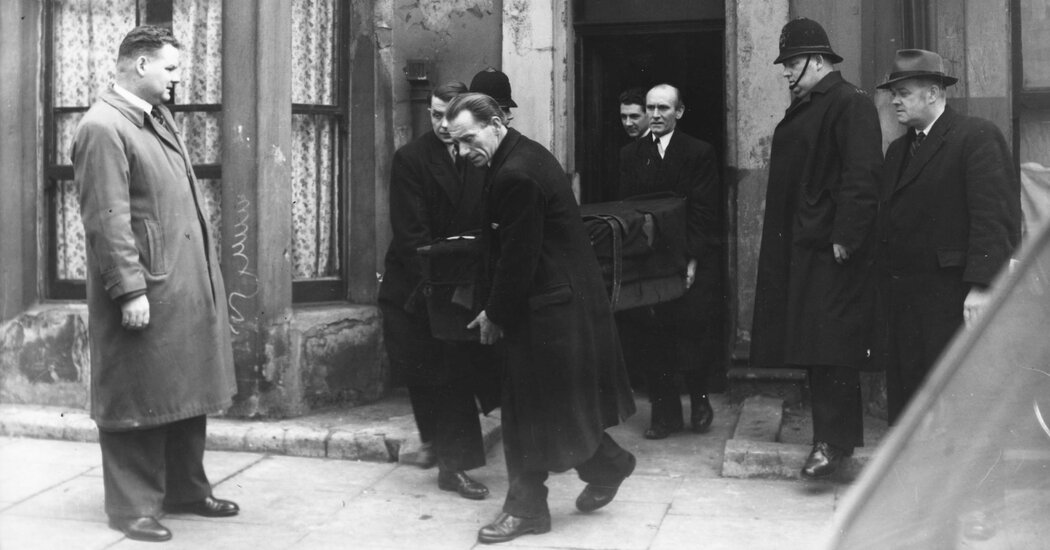But Summerscale gives equal time to Christie’s unfortunate victims, treating them as real people rather than pawns in someone else’s story. And she skillfully examines the racism, sexism, economic privation and class prejudices that permeated postwar England.
No. 10 Rillington Place was a mini melting pot, occupied by Black immigrants from the West Indies as well as working-class white Britons. It was also, it seems, a hotbed of lawlessness, rife with extramarital sex, prostitution and illegal abortion (in addition, of course, to murder).
There’s so much to admire in this engaging, deeply researched book. But though nothing Summerscale writes is dull, her story loses steam, and a bit of focus, after the conclusion of Christie’s trial, about three-quarters of the way through.
As serial killers go, Christie remains a frustrating cipher, more opportunistic than cunning — and lucky in having particularly unobservant neighbors. (No one seemed to notice that the stick propping up the gate at No. 10 was in fact a human femur.) He continually changed his story, had a habit of railing against his Black neighbors and deployed a kind of “I Shot the Sheriff” argument about the Evans murders — confessing to killing Beryl, but maintaining, at least most of the time, that he had not killed her baby.
The Christie case provoked a great deal of soul-searching about the role of the newspapers in whipping up the public’s interest in its seamy details. Speaking at a church in Birmingham three days after sentencing Christie to death, the judge in the case, Mr. Justice Finnemore, urged the congregation to examine their own role in the spectacle.
“Have you ever stopped to ask yourself, ‘Am I partially responsible?’” he said. “‘Have I any part of this guilt to bear myself?’”
THE PEEPSHOW: The Murders at Rillington Place | By Kate Summerscale | Penguin | 310 pp. | $30
